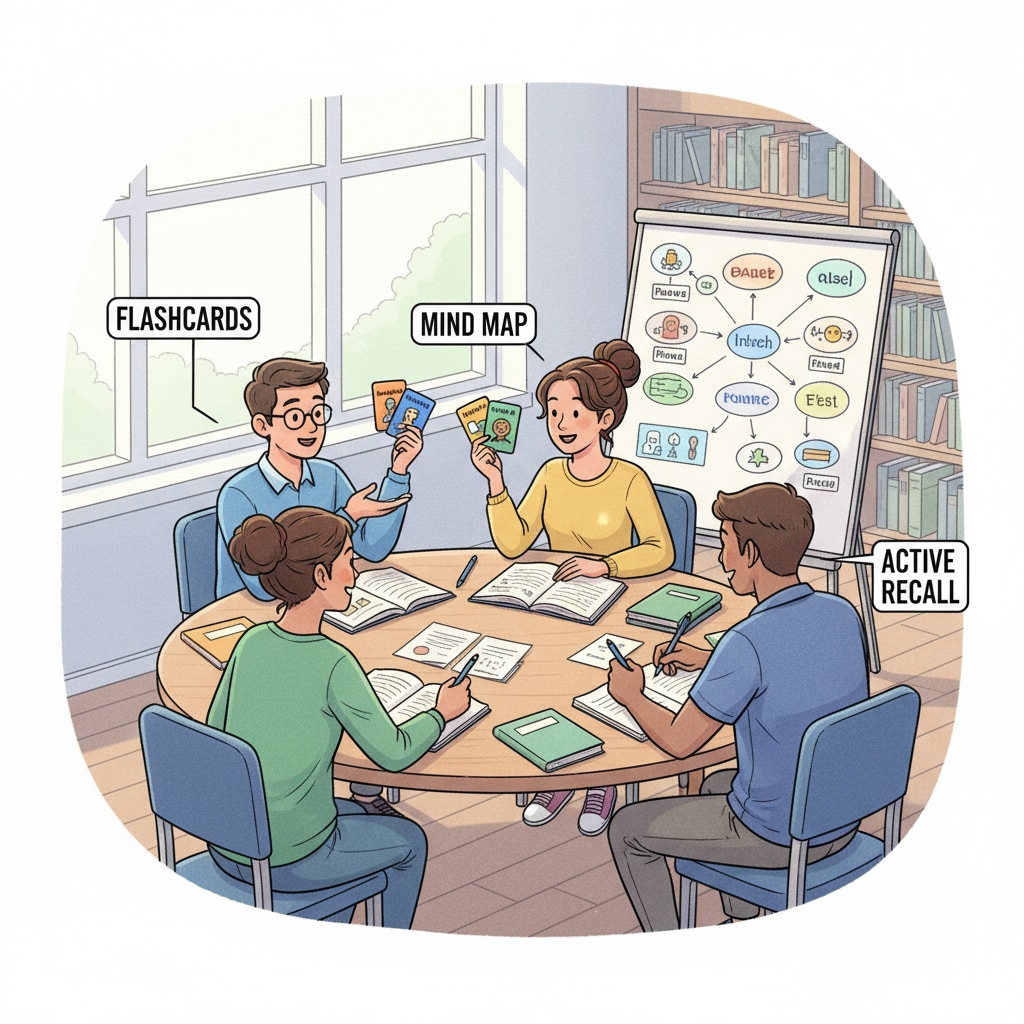Photographic memory, memory development, and memory enhancement are topics that have intrigued educators and parents alike, especially in the K12 phase. The idea of having a “photographic memory,” where one can seemingly remember everything they see or read with perfect clarity, has long been a subject of fascination. However, the reality is that while true photographic memory in the purest sense is extremely rare, there are scientific ways to develop and enhance memory skills in children during their K12 years.

The Myth of Photographic Memory
Many people believe that some individuals are born with an innate ability to remember vast amounts of information effortlessly. This so-called “photographic memory” is often depicted in movies and stories. But in the scientific community, the concept of true photographic memory is highly debated. Most research suggests that what is commonly referred to as photographic memory might actually be a combination of exceptional attention to detail, strong encoding strategies, and excellent recall abilities. According to Wikipedia’s entry on Photographic Memory, there is limited evidence to support the existence of a pure form of photographic memory in the general population.
Memory Development in K12
During the K12 years, children’s brains are in a stage of rapid development, making it an ideal time to focus on memory development. Memory development involves different aspects, such as short-term memory, working memory, and long-term memory. As children grow, their ability to encode, store, and retrieve information improves. For example, younger students may rely more on simple repetition to remember things, while older students can use more complex strategies like association and categorization. This development can be nurtured through various educational activities.

Educators play a crucial role in guiding students’ memory development. By using teaching methods that engage students’ senses, such as hands-on activities, multimedia presentations, and group discussions, teachers can help students better encode information into their memories. Additionally, providing a structured learning environment and regular practice opportunities can strengthen students’ memory capabilities. As stated in the American Psychological Association’s guide on K12 memory development, creating a positive learning environment is essential for optimal memory growth.
Strategies for Memory Enhancement
There are several effective strategies that can be employed to enhance memory in K12 students. One such strategy is the use of mnemonic devices. Mnemonics are memory aids that help students remember information by associating it with something more memorable, like a rhyme, acronym, or visual image. For instance, the acronym “HOMES” can be used to remember the names of the Great Lakes (Huron, Ontario, Michigan, Erie, Superior). Another strategy is spaced repetition. This involves reviewing information at increasing intervals over time, which helps move information from short-term to long-term memory.
In addition, creating a conducive study environment is important. A quiet, organized space with minimal distractions can improve concentration and thus memory encoding. Also, getting enough sleep is crucial as sleep plays a vital role in consolidating memories. By implementing these strategies, students can gradually improve their memory skills and achieve better academic performance.
In conclusion, while the idea of a true “photographic memory” may be more of a myth, the potential for memory development and enhancement in K12 students is very real. Through understanding the scientific principles behind memory and implementing appropriate strategies, educators and parents can help children unlock their memory potential and succeed in their academic journey. Photographic memory, memory development, and memory enhancement are not just lofty goals but achievable aspirations with the right approach.
Readability guidance: This article uses short paragraphs and lists to summarize key points. Each H2 section provides relevant information in an organized manner. The passive语态 is used sparingly, and long sentences are kept to a minimum. Transition words like “however,” “for example,” and “in addition” are used throughout to enhance the flow of the article.


